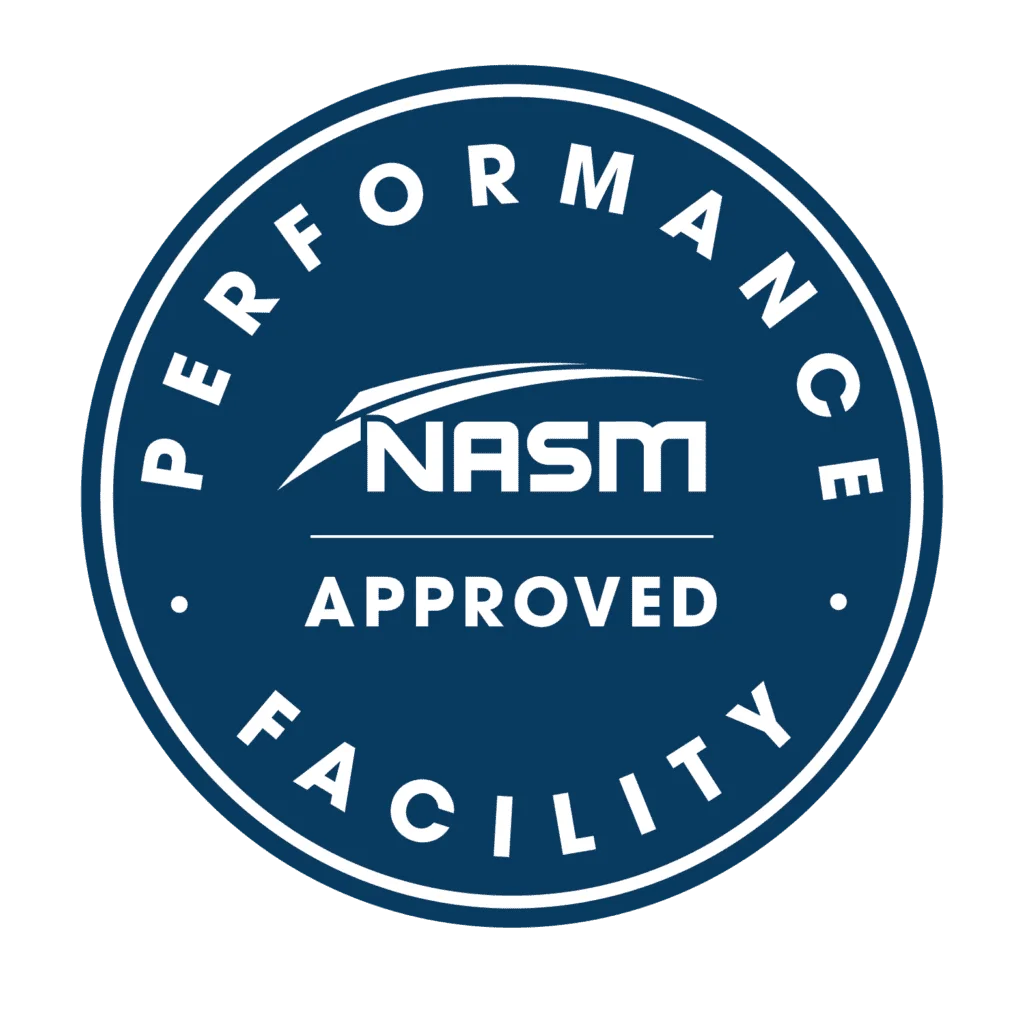Welcome to the world of assisted stretching! Whether you’re an athlete, a fitness enthusiast, or simply someone who wants to feel better, assisted stretching can be an excellent addition to your wellness routine. In this post, we’ll introduce you to the basics of assisted stretching and explain how it can help you feel better.
First, let’s define what we mean by assisted stretching. Unlike traditional stretching, which is typically done solo, assisted stretching involves working with a partner or practitioner to achieve deeper stretches and greater flexibility. Assisted stretching can take many forms, including partner stretching, resistance stretching, and passive stretching.
So, why should you consider incorporating assisted stretching into your wellness routine? There are many benefits to assisted stretching, both physical and mental. Here are just a few:
- Improved flexibility: Assisted stretching can help you achieve deeper stretches than you might be able to on your own, which can improve your overall flexibility and range of motion.
- Reduced muscle soreness: Assisted stretching can help to relieve muscle tension and soreness, which can be especially helpful after a tough workout or a long day of sitting.
- Increased relaxation: Assisted stretching can be a relaxing and meditative experience, helping to reduce stress and increase mindfulness.
- Injury prevention: By improving your flexibility and range of motion, assisted stretching can help to prevent injuries and improve your overall athletic performance.
- Rehabilitation: If you're recovering from an injury, assisted stretching can be an effective part of your rehabilitation plan, helping to improve circulation, reduce scar tissue, and promote healing.
Assisted stretching can be a great way to take care of your body and improve your overall wellness. In our next post, we’ll dive deeper into what assisted stretching is and how it differs from traditional stretching. Stay tuned!

